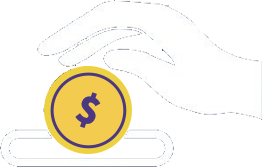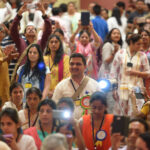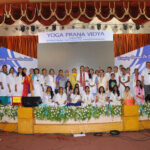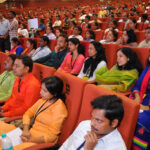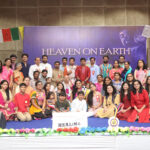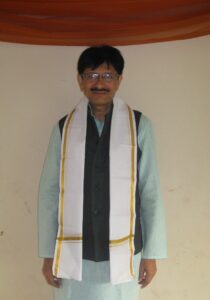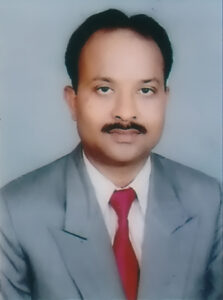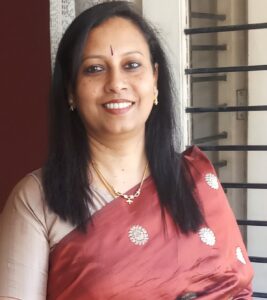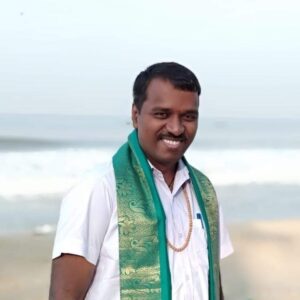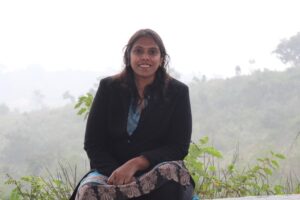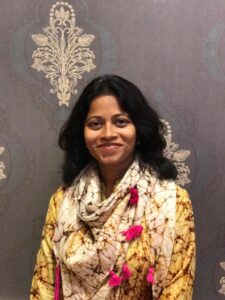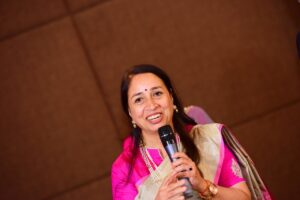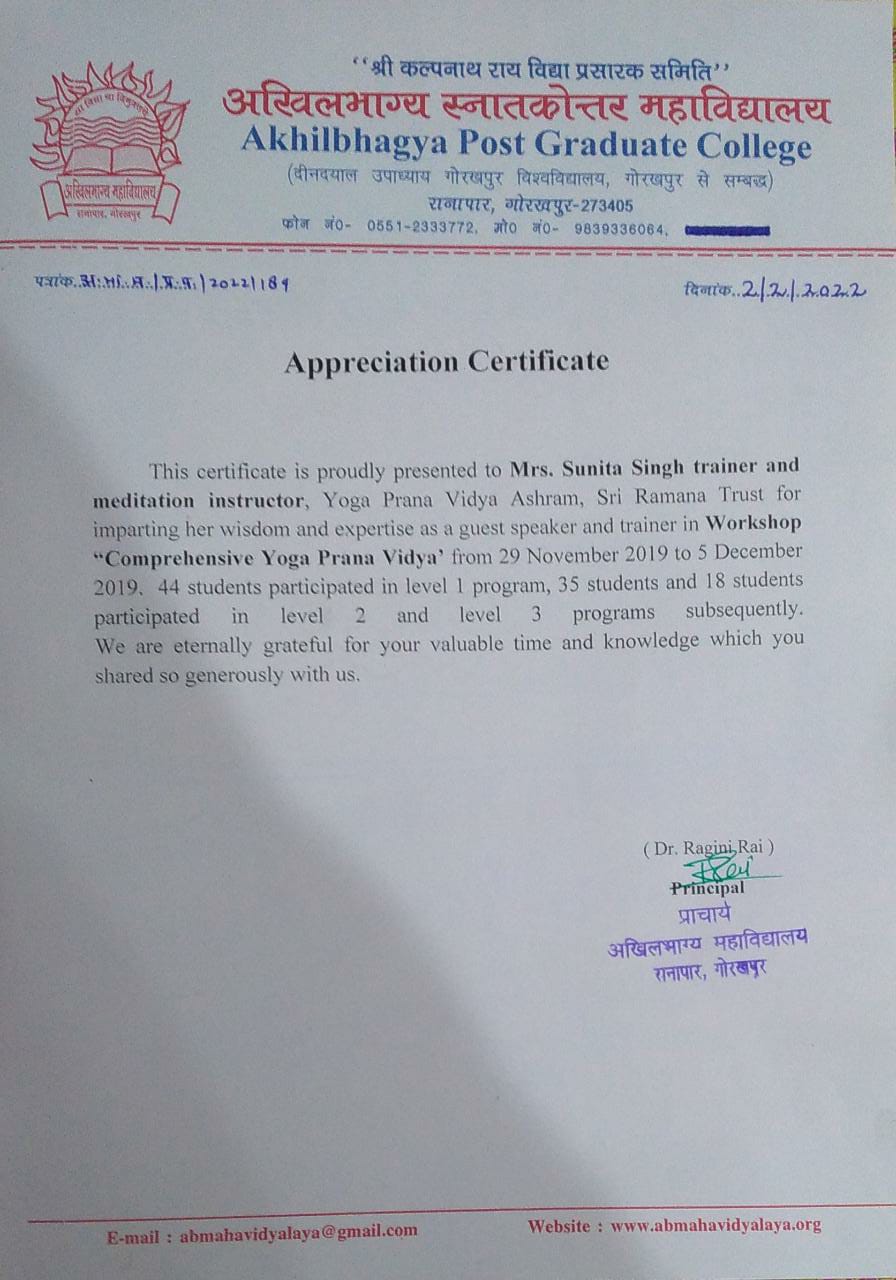Deeper Study on Breathing and Five Important Deep Breathing Techniques – Part 2:

In the previous article we had discussed about the significance of breathing through nose vs mouth and also regarding Rhythmic Yogic Breathing and the remarkable direct impact it has at the physical level in greater detail. We shall discuss further on few more deep breathing techniques.
A lot of research has been done and documented on the regular practice of simple deep breathing exercises and their gains. They include improvement in immunity, lowering of blood pressure, sounder health due to enhanced oxygenation and effective purification of blood, heightening of energy levels, managing stress well by slowing down emotional and mental turbulence, tuning to higher consciousness, and much more.
As the diaphragm moves up and down during these deep breathing techniques, they have an effect of massaging all the internal organs apart from exercising the respiratory muscles. This leads to superior visceral organ health. Therefore, there is more effective digestion, absorption of nutrients, elimination of toxins, excretion, etc.
There are different types of breathing exercises. Each has a specific purpose and impact on the mind-body physiology. The following are four more simple, yet very effective deep breathing techniques. However, the core breathing exercise to be practiced and grasped first is the Rhythmic Yogic Breathing, as discussed in the previous article. Check out the video of Rhythmic Yogic Breathing for step-by-step instruction and practice.
1. Complete Breath
This technique involves the expansion of abdomen as well as chest to facilitate utilization of the middle and upper part of the lungs more efficiently, in addition to the lower part.
Sit comfortably with spine erect. Initially you may place one hand on the abdomen and other on the chest to monitor their movement properly. Inhale slowly, filling up lower lungs with the abdomen expanding and diaphragm going down. Then as you continue to inhale, fill up the middle part of the lungs together with the chest expanding. Slowly move your shoulders back to fill the upper portion of the lungs. Hold for a couple of seconds. Then do deep exhalation, emptying in the same sequence of first emptying the lower lungs while pushing the abdomen in, followed by the middle portion of the lungs and finally upper portion of the lungs by smoothly moving the rib cage up. After exhaling fully, bring the rib cage to normal position during the hold period. Then repeat the next cycle.
Complete breath utilizes up to 90% of the lung capacity. Entire respiratory apparatus, including, every respiratory muscle, every cell in the lungs, participates in this breathing and gets stimulated. The rib cage, intercostal muscles, breast bone and diaphragm are all actively used. This increases the space in which the lungs can expand.
Most colds can be cured by complete breath. You may grow immune to lung problems, such as, TB, bronchial and other pulmonary issues. What’s more, it comprises of all other physical benefits of the Rhythmic Yogic Breathing as explained in the earlier article.
First learn the proper practice of Rhythmic Yogic Breathing. For few cycles, you may increase the retention period after inhalation to strengthen the physical body. To aid longer retention, you may reduce exhalation period. However, with deeper exhalation, you can throw away all the toxins and contamination to achieve greater purification. This is for a few cycles only. Then, get back to regular Rhythmic Yogic Breathing. In case of difficulty in breathing or when in high altitude areas, where oxygen is less in the environment, you can do this modified breathing exercise for the count of 6-3-3-3 instead of 6-3-6-3. Further, if you find even that as difficult, you may reduce the counts and make it 4-2-2-2. That will help you get back to normalcy faster and sustain.
With improper breathing, some parts of the lungs are unused and such areas lure infection causing microorganisms. Complete Breath is very efficient in healing the infection of the lungs. Most of the colds can be cured by using Complete Breath and partial fasting by having only fruits as one of the meals a day.
You may practice a few cycles of Complete breath after doing Rhythmic Yogic Breathing for five minutes.
2. Cleansing Breath
Cleansing Breath physically purifies the lungs and also removes psychological (emotional and mental level) contamination deeply. It ventilates the lungs thoroughly. It refreshes the entire body. Therefore, you may practice this breathing when feeling tired. Speakers and singers may find this exercise soothing, particularly after they exert themselves.
Inhale as you do in the Complete Breath. Then pucker up your lips, and blow out a little in whistling position, using force. Then hold a second and repeat blowing out a little more air with increased vigor. Expel out all the air which you can in about 4 to 5 times of blowing out with greater might each time and a hold in between. Repeat inhaling and blowing out in this manner another time. Then follow it up with a cycle or two of Complete Breath. Ensure that your cheeks do not swell while blowing out. You may watch the Complete Breath and Cleansing Breath video for the purpose of clarity and to follow the steps with ease.
Energy follows thought. So, in order to heal an affected part or organ, you may inhale and be aware of the part or organ where you have pain or discomfort. Hold there and as you exhale forcefully, visualize throwing the used up and dirty energy from that part. Practice this for two cycles. In one of the cycles, you may do slow deep exhalation through mouth. That will remove the diseased energy and psychological contamination from the affected area. This is like deep cleansing.
Rhythmic Yogic Breathing improves utilization of your already existing lung capacity by 60% to 70%. With Complete Breath, utilization is improved by 80% to 90%. However, Cleansing Breath helps revive the lost lung capacity itself. Thus, it enhances your lung functionality. Even if you do Cleansing Breath for only two cycles regularly, it will help you increase the ability of your lungs. You may understand how your life would change for the better.
We have been practicing Rhythmic Yogic Breathing, Complete Breath and Cleansing Breath as part of our daily online sessions on Facebook. You may join in for the first few minutes of these sessions to familiarize and practice these breathing exercises. Slowly, with practice, you may increase utilization of your lung capacity and further, restore the lost lung capacity! The video of these three breathing exercises together is also available on the YPV Sadhana app for guided practice.
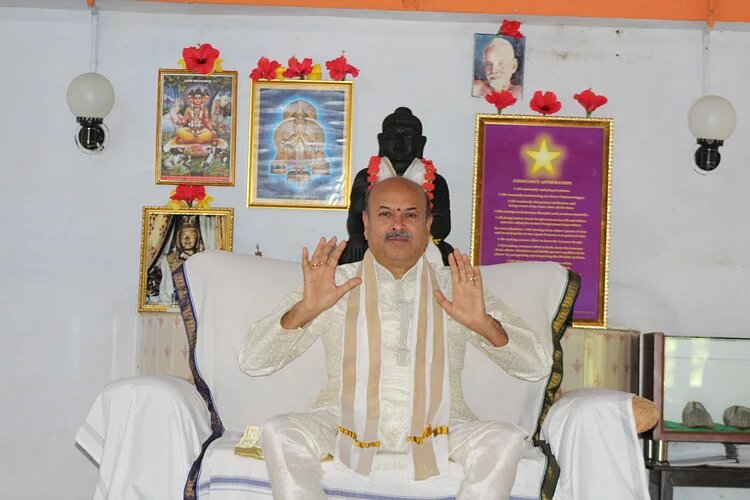
3. Retained Breath
Retained breath causes thorough cleansing of the lungs, like, overhauling the lungs. Inhale as you do in Complete Breath. Then hold for as long as you can and exhale forcefully through your mouth. Repeat another time and end it with a cycle of Cleansing Breath and one Complete Breath. Take a look at the Retained Breath video for the ease of understanding and guided practice.
Practicing this once a day is enough. It is identical to shaking the bottle and cleaning it once in a day. This strengthens and develops the lungs and the respiratory muscles. Holding of breath purifies the air which was caught in the lungs from earlier inhalations and also oxygenates the blood better. Retention of breath collects all the unwanted matter and toxins. While exhaling, it expels all this matter, thus, purifying the lungs.
Initially, hold for as long as you can. Slowly, your ability to hold will increase. If it extends beyond 30 seconds, it implies that your immunity is improving. You may not be prone to infections easily. This exercise also helps in case of any ailments of the stomach, liver or blood; may relieve from bad breath due to inadequately aerated lungs and is beneficial for even the nervous system.
4. Nerve Revitalizing Breath
Nerve revitalizing breathing is good for the brain and the nervous system. This exercise stimulates the nerves, vitalizes the entire nervous system and increases the flow of energy in the body.
First, inhale as you do in Complete Breath. Hold. Raise your arms in front of you, parallel to the ground, palms facing up. Start moving your arms in, by bending the elbows, bringing them towards your shoulder, while making a tight fist and contracting the muscles. Keeping the muscles tense, move the arms slowly back while slowly opening the fist. Then pull them closer rapidly by again clenching the fist. Repeat this several times while still holding the breath for as long as you can. Then exhale forcefully through mouth.
When you draw your arms back and forth, you draw it in fast and with force, but release the arms back slowly. You may repeat this for another cycle and then end with a cycle of Complete Breath. Have a glance at the Nerve Revitalizing Breath video for practical guidance.
We have discussed Rhythmic Yogic Breathing, Complete Breath, Cleansing Breath, Retained Breath and Nerve Revitalizing Breath. For a quick recap on how often to practice each of them, you may practice Nerve Revitalizing Breath once in a day or two, depending on the requirement. Retained Breath can be practiced once a week. However, when you have any health problem, you may practice it once daily. Rhythmic Yogic Breathing can be done 3-4 times a day for 5 minutes each. Cleansing Breath can be practiced 3-4 times a day along with Rhythmic Yogic breathing and Complete breath. All three together will just take about eight minutes. You may use these techniques and improve your health.
Reminding once again that Yogi Ramacharaka in his Hatha Yoga book has mentioned, “Eminent authorities have stated that one generation of correct breathers would regenerate the race and disease will be so rare as to be looked upon as curiosity.” This statement stresses that breathing exercises are essential for healthy living.
You may also try our YPV Sadhana app which is available in various languages for the guided tracks on some of these breathing exercises mentioned here, Forgiveness Sadhana and Planetary Peace Meditation. These techniques also help boost your immune system and maintain it.
YPV Sadhana App
Download YPV Sadhana app to boost immunity, emotional balance and positive attitude towards life.
Yoga Prana Vidya Ashram Sri Ramana Trust Hosur – Thally Main Road Near Ubbanur Lake Thally, Krishnagiri Dist Tamil Nadu – 635118, INDIA
Contacts
Disclaimer :
Yoga Prana Vidya is not intended to replace other forms of healing modalities including allopathy and it is also complementary including alternative.
In case of Severe or Persisting symptoms, refer to a medical doctor and or a Certified Yoga Prana Vidya Healer.
“Currently we do not have any connection / affiliation / association with and are not authorised / represented / endorsed / certified / maintained / sponsored by Master Choa Kok Sui and/or organisations established by the Master and/or subsidiaries / affiliates of such organisations.”
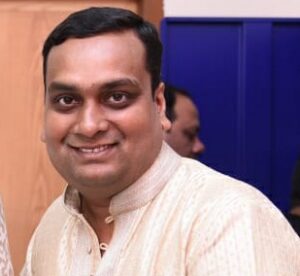
Dhaval Dholakia is a certified YPV healer for 16 years. He is also a mechanical engineer and has worked in Plastic Processing Machinery for 25 years. He resides in Ahmedabad.
Dr. S. K. Singh is a Arhat Trainer having more than 20 years of YPV healing and teaching experience. He is also trained in Kriyashakti & Fengsui and completed the one year intensive program in 2016. He has organized many higher level YPV training workshops and retreats. He completed his Master’s degree in Science and has a doctorate in Environmental Biology. He hails from Varanasi.
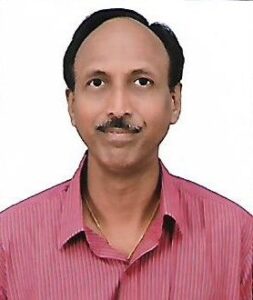
Madhu Sudhir is a senior YPV trainer since 2004. She has trained over 2500 students and more than 50 trainers who are also propagating YPV practices. She has done YPV healing for more than 7000 people since 2006. She is the secretary of the Mysore YPV Healers Association since 2011. She is also associated with JSS University – Dental College as a guest lecturer for “Holistic wellness through YPV” for BDS 1st year students. She has also conducted various seminars on YPV teachings. She graduated in commerce from Bangalore University and also has a diploma in architecture. She also works as a Vaastu consultant for businesses, constructions, plots & houses.
Raghu N is a Arhat Trainer having over 22 years of YPV healing and teaching experience. He founded “Master YPV Trust Nanjangud” in 2019 and conducting regular service activities through this trust in his role as President. He also started the first independently located YPV centre in Nanjangud in 2014. He has previously attended the one year Spiritual Intensive Program for 2015-16 conducted in Sri Ramana Trust Ashram. He also has 7 years of experience working as a secretary at “Mysore YPV Healers Association” during which he nurtured many healers. Raghu conducts teachings in Kannada, English and Hindi languages. He has also completed a B.Sc. and B.Ed. from the Mysore University.
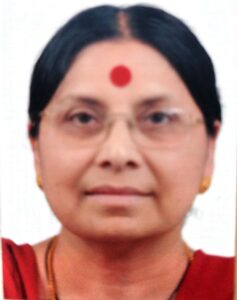
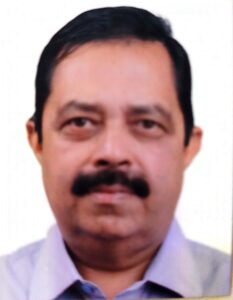
1: Name : Lakhsmi Devi

1. Name – Vishakha Karnani
2. address/ centre – 316, Sai Kripa Colony,
Indore 452002, Madhya Pradesh
3. educational qualification – B.A. Loreto College, Kolkata. Then worked as a photo journalist & a freelancer (children photography)
4. any paper presentation – COVID 19 case report in Innovative publication journal. July 2020
5. any specific achievements – part of the organising team in the first SIP , Pune, 2015. Thereafter involved in organising public darshan and Compassionate Parenting and nurturing programs in various cities like Indore, Nagpur, Raipur, Pune, Kolkata and Ichalkaranji (kolhapur)
6. Since 2006. Got introduced to the world of energy in Kolkata and shifted to Indore in 2008 to spread the work in Central India. Currently working in M.P, Chattisgarh, Maharashtra, Rajasthan, North East India.
Radha Ganesh is presently working for Yoga Prana Vidya Organization as Senior Arhat trainer and Ethics committee member. She is a Senior Arhat Trainer and certified YPV healer with over 18 years of experience. She completed the one-year spiritual intensive program at the YPV ashram in Thally. She has been trained in basic, advanced healing and psychotherapy at World Pranic Healing. Radha worked in Unnathi Healing Foundation Trust as a healer and trainer. She also worked in MS Ramaiiah Hospital Pranic Healing Department, Ayush Arogya Dhama. She has taught YPV teachings in several schools and also conducted classes for nursing staff, pharma students among others. She regularly conducts an Arhat Marathon on every last Sunday of the month at Karnataka Pranic Healing foundation trust since last 3 years. Radha has completed her M.A. in English from MG University, Kerala.
Yoga Prana Vidya
| Account Name : | Sri Ramana Trust |
| A/C No: | 566438417 |
| Name of Bank: | Indian Bank |
| IFSC Code: | IDIB000T060 |
| Address: | Police Station Road, Thally, Krishnagiri |
